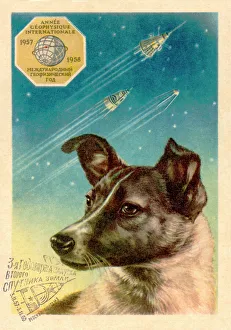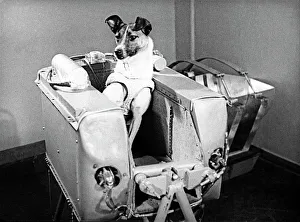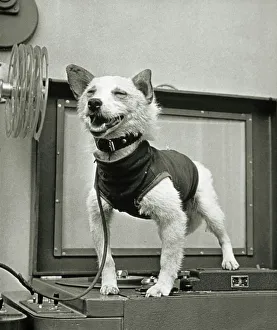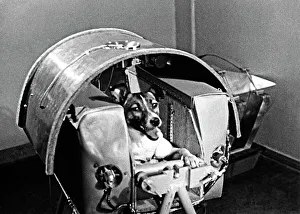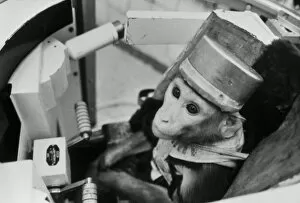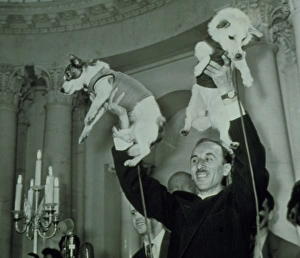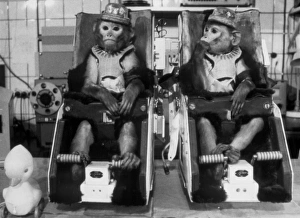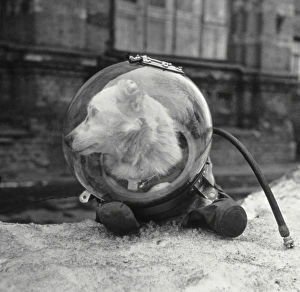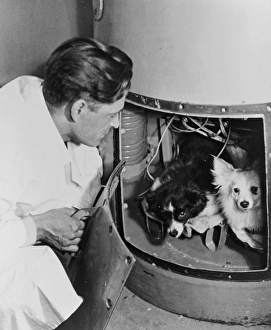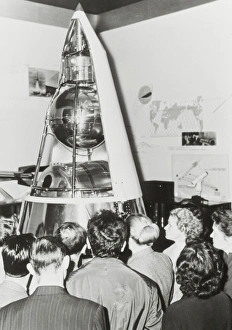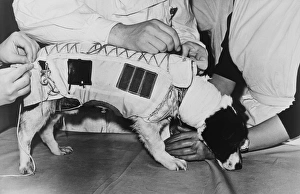Space Animal Collection
"Exploring the Final Frontier: The Pioneering Space Animals" In the race to conquer space, humans weren't alone in their quest for knowledge
All Professionally Made to Order for Quick Shipping
"Exploring the Final Frontier: The Pioneering Space Animals" In the race to conquer space, humans weren't alone in their quest for knowledge. Meet Laika, the legendary space dog who paved the way for future cosmic explorations. This vintage postcard showcases Laika's iconic journey as she became the first living creature to orbit Earth aboard Sputnik 2. Laika's historic mission inspired a wave of admiration and curiosity worldwide. Her bravery opened doors for other courageous animals like Belka, another Soviet space dog who embarked on her own celestial adventure after Laika's triumph. Here we see Belka proudly posing in her spacesuit after completing her mission. But dogs were not the only ones venturing into outer space; rhesus monkeys also played a crucial role in Soviet space research. These intelligent primates contributed valuable data that helped scientists understand how living organisms could withstand and adapt to extraterrestrial conditions. The captivating image of these brave creatures clad in spacesuits reminds us of their incredible resilience and dedication to expanding our understanding of outer space. They truly earned their place among humanity's most celebrated pioneers. As we marvel at these remarkable animals' achievements, let us not forget about those less known but equally important participants - the intrepid "space monkeys. " These resourceful simians joined forces with their canine counterparts, pushing boundaries even further by demonstrating that different species could endure weightlessness and survive prolonged stays in microgravity environments. Their collective efforts led to significant advancements in aerospace technology, ultimately paving the way for human astronauts to venture beyond our planet's atmosphere safely. The sight of these furry heroes inside specially designed capsules evokes both awe and gratitude for their invaluable contributions towards unraveling the mysteries of outer space. Today, as we continue exploring distant galaxies and contemplating interstellar travel dreams, let us remember these extraordinary beings who fearlessly blazed a trail through uncharted territories – forever etching themselves into history as the brave space animals who dared to reach for the stars.

